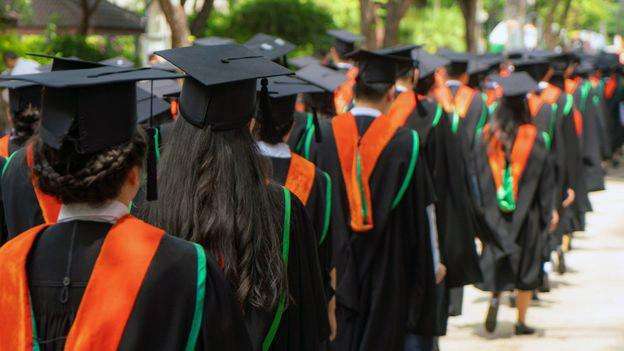Turning a $200,000 loan to a $200,000 annual income
For many people, taking out $200,000 in student loans doesn't make sense. But Rodriguez doesn't have many options for master's programs, all of which cost more than $100,000. Student loans are often the only way to finance your education. Still, experts recommend borrowing only what you need and making sure your total student loan debt is less than your expected annual income after graduation. One of the reasons Rodriguez was interested in anesthesiology was her high salary, so taking out such a large loan was not an issue for her. “Given that the salary would be around $150,000, I still pursued the profession knowing I would go into debt,” she says. “But I felt like I had a realistic chance of paying it off within five years.” Rodriguez originally borrowed $200,000, but was able to repay some of the loan because the total cost of the master's program was slightly lower. Although she made some payments during her time in school, she still owed approximately $123,657 when she graduated in August 2021. However, her first salary offer was even higher than she expected. At the end of 2021, her annual base salary was $170,000. Her overtime work also contributed to her annual income increase. In 2022, she earned over $210,000.Taking advantage of the pandemic payment pause
Earning more money than expected wasn't the only benefit Rodriguez received from her student loans. Rodriguez made some payments while in school and after graduation, but since all of his loans were from the federal government, he realized he could take advantage of pandemic-related interest and payment suspensions.
Instead of continuing to pay off the loan, she put the money into a high-interest savings account. By the end of 2022, she had saved enough to pay off her debt, but she didn't pay it off right away.
She continued her savings and waited for her money to grow until September 2023, when student loan interest started accruing again. In August, she made her last payment and paid off her student loans. In total, she repaid her $127,590.







.svg)


